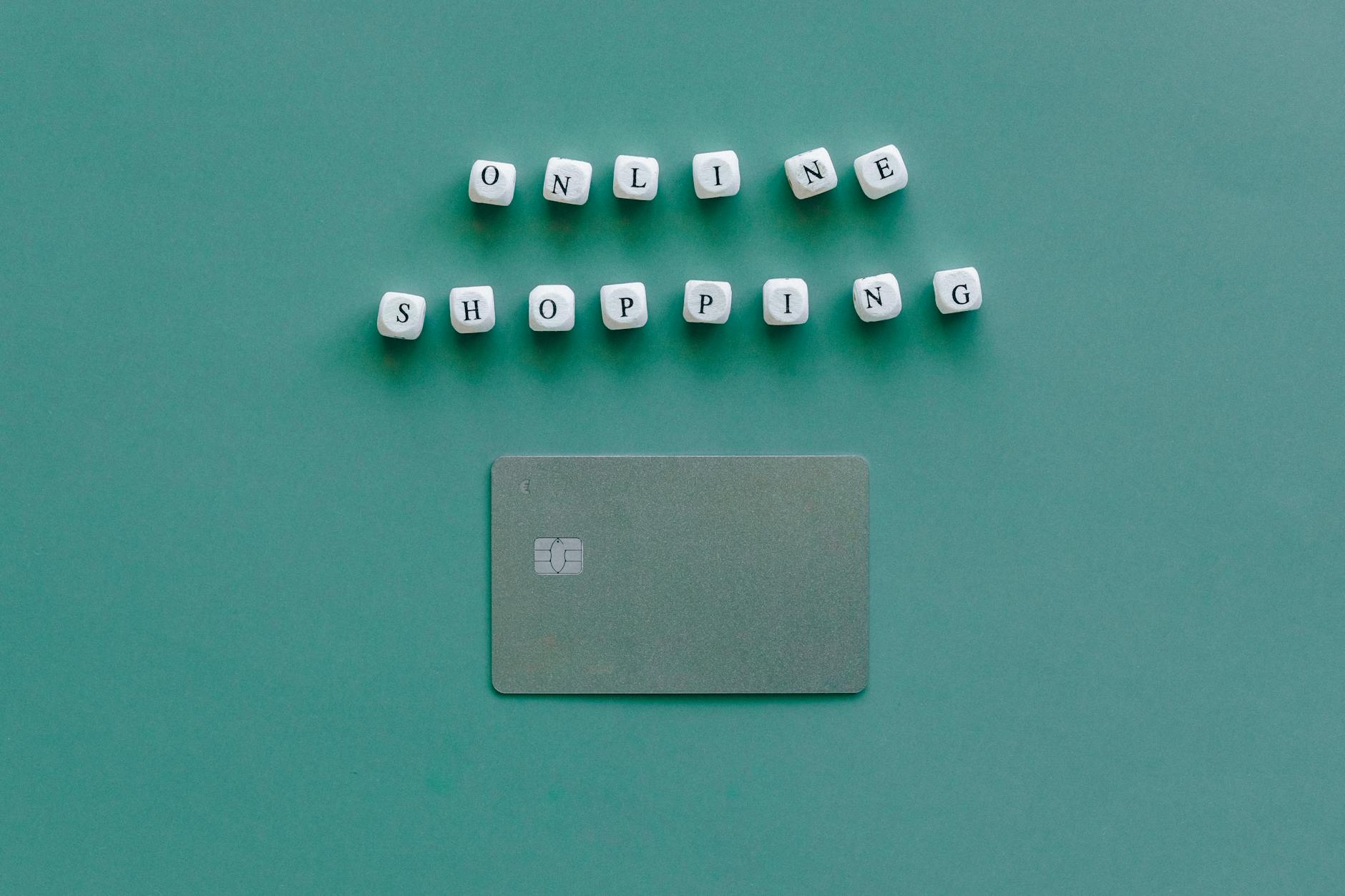When it comes to credit cards, striking the right balance is key. How many should you own? Is having multiple cards beneficial or risky? Let’s break it down.
Understanding Credit Score Basics
Your credit score influences your ability to borrow money at favorable rates. It’s often affected by the number of credit accounts you have.
- Credit Mix: Having various types of credit (like loans and credit cards) can improve your score.
- Payment History: Timely payments boost your score. The more accounts you responsibly manage, the better.
A good credit score often requires at least three to five accounts, but there are exceptions.
The Minimum You Need
Most financial experts recommend having at least one credit card. Why?
- Building Credit: A single card helps establish your credit history. This is crucial for larger loans, like mortgages.
- Emergency Purchases: Credit cards provide quick access to funds when unexpected expenses arise.
If you're just starting, don’t stress about having multiple cards. Focus on paying your bills on time.
Is Two Enough?
Having two credit cards is generally suggested for a few reasons:
- Credit Utilization Ratio: This represents how much credit you’re using compared to what’s available. A lower ratio can improve your score. With two cards, you might have a higher limit, allowing lower utilization.
- Backup Options: If one card is lost or compromised, you’ll have another ready for use.
Two cards create a safety net while also aiding in credit score growth.
More Than Two: The Benefits of Three to Five
As your financial situation improves, you might consider adding a third or even a fifth card. Here’s why:
- Rewards Optimization: Different cards offer varied rewards. A travel card might give you points for flights, while a cashback card rewards everyday purchases.
- Special Offers: Each card might come with unique promotions. You can maximize benefits by using the right card for the right situation.
- Diversity in Credit Accounts: This is favorable for your credit mix and shows lenders you can manage multiple accounts responsibly.
However, don’t just open cards for the sake of it. Ensure you can handle the additional responsibility.
The Risks of Overextending
While there are benefits to having multiple cards, caution is needed:
- Higher Chance of Debt: More cards mean more temptation to spend. Avoid overspending and accumulating debt.
- Difficulty Managing Payments: Juggling multiple due dates can lead to missed payments. Set reminders or automate payments.
- Impact on Score: Each new application can temporarily dip your score. Be strategic about when and how often you apply.
How Many Is Too Many?
There’s no set number for everyone. However, having more than ten credit cards can raise concerns. Here’s why:
- Creditors Will Question Your Stability: A high number of accounts might signal financial instability. It’s crucial to demonstrate that you can handle credit wisely.
- Potential for Fees: Some cards come with annual fees, which add up. Weigh the costs against the benefits.
Maintaining three to five well-managed accounts is often most effective for increasing credit scores.
Ideal Strategy for Different Lifestyles
Your ideal number of credit cards can depend on your lifestyle:
- Travel Enthusiasts: Holding several cards can maximize rewards points for flights and hotels.
- Everyday Shoppers: A few cashback cards can enhance your savings on routine expenses.
- Credit Builders: If you’re working on growing your credit, focus on maintaining at least two or three well-managed accounts.
Conclusion
The number of credit cards you should have really depends on your financial goals and ability to manage them. Whether it’s one or five, remember to prioritize good payment habits and keep your spending in check.
By maintaining a balanced approach, you can use credit cards to your advantage. Love rewards? Great! Just ensure you’re managing the risks that come with having multiple accounts.

Photo by Nataliya Vaitkevich
